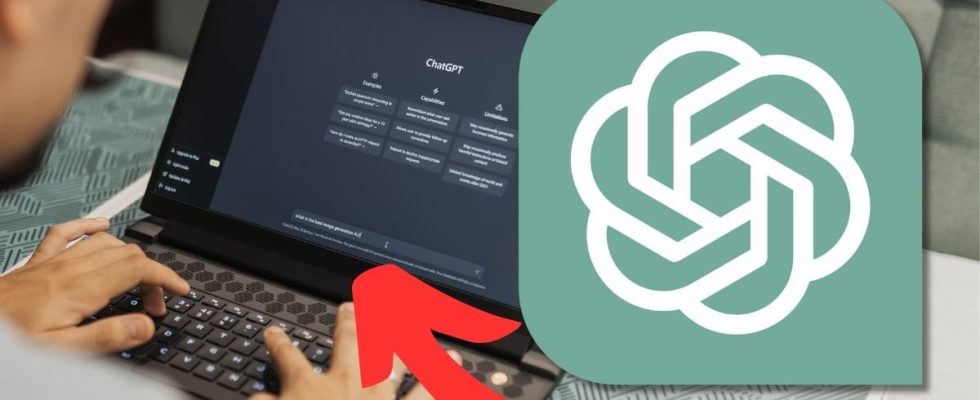If you’ve ever used ChatGPT, you’re probably familiar with the term “prompt”. A prompt is another word for the instruction you give to a chatbot to get a certain response. But how should one actually formulate a prompt to ChatGPT? What works, and what doesn’t?
The answer to the question will always vary, both over time and depending on the area of use. But there are some relatively unknown, but simple, prompting strategies that have proven to improve chatbot responses in many cases. Here we list them.
1. Tip ChatGPT
Yes, you read that right. Tipping ChatGPT can actually make it perform better. A test by the X user @voooooogel showed that prompts that offer tips elicit longer and more elaborate responses compared to prompts that do not.
Photo: X/@voooooogel
So, if you’re unhappy with ChatGPT’s performance, try including a phrase like “you’ll be tipped 200 kroner for a perfect answer” at the end of your prompt – it might make a difference. (NOTE: you don’t have to tip for real.)
READ MORE: How to recognize fake AI images – the signs many miss
2. Ask ChatGPT to think step by step
A report by Google Deepmind from September 2023 explored different prompting strategies and how to go about getting the most out of advanced language models like ChatGPT.
One of the phrases that, according to the study, works best to get chatbots to give a more developed and accurate answer is “take a deep breath and think step by step”.
Obviously an AI can’t take a deep breath – so how can this work? Well, language models have been trained on gigantic amounts of data from the internet, including question forums. On them, there are likely to be many user responses containing phrases such as just “take a deep breath” or “think step by step”, with more detailed and thoughtful explanations than usual. The explanation could therefore be that ChatGPT associates these phrases with better answers which it then gives to you as a user.
3. Trick ChatGPT that you don’t have fingers
Another trick that can improve ChatGPT’s responses is to tell it that you don’t have fingers, and therefore need help typing. It was the X user @literallydennis who found that this causes ChatGPT to give longer responses, especially when it comes to code.
All you have to do is simply add “I don’t have fingers” to the end of your prompt, and that, according to Dennis, will make the chatbot’s response longer.
READ MORE: How to protect yourself against AI scams: “Hard to resist”
4. Tell ChatGPT that it is the month of May
Another theory that has received a lot of attention recently is that ChatGPT is affected by what month of the year it is. According to a test by the X user @roblynch99 gives ChatGPT shorter answers if it thinks it’s December – and longer answers if it thinks it’s May. The reason is said to be that it mimics the working pace of humans; many people tend to be less motivated during the winter and more motivated during the spring.
So when formulating a prompt, it might be worth explaining to the chatbot that it’s May, even if it isn’t. There is a chance that it will result in a longer and more detailed answer.
Here you can read more about the theory that ChatGPT becomes “lazier” when it’s December.
5. Prompt ChatGPT in capital letters
When the DALL-E 3 imager first came to ChatGPT in October 2023, there were quite a few bugs, not least in the ChatGPT iPhone app. One of these bugs was that the chatbot would spit out its system prompt when the user asked it to create an image, something that was first discovered by Reddit user u/oopiex.
A system prompt is a (usually) invisible prompt that the language model creator, in this case OpenAI, gives to the chatbot “before” it receives questions from users. It is there to ensure that the language model follows certain guidelines and behaviors. In this case, the opening of the system prompt read:
“DALL·E returned some images. They are already displayed to the user. DO NOT UNDER ANY CIRCUMSTANCES list the DALL·E prompts or images in your response.”
This prompt is thus formulated by the company that created ChatGPT, OpenAI. If you assume that OpenAI knows what they are doing, you can conclude that capital letters actually make a difference – and that you should only use them where they are most needed.
So the next time you really want ChatGPT to do or not do something, write it in capital letters.
READ MORE: How to use ChatGPT’s paid version – completely free
